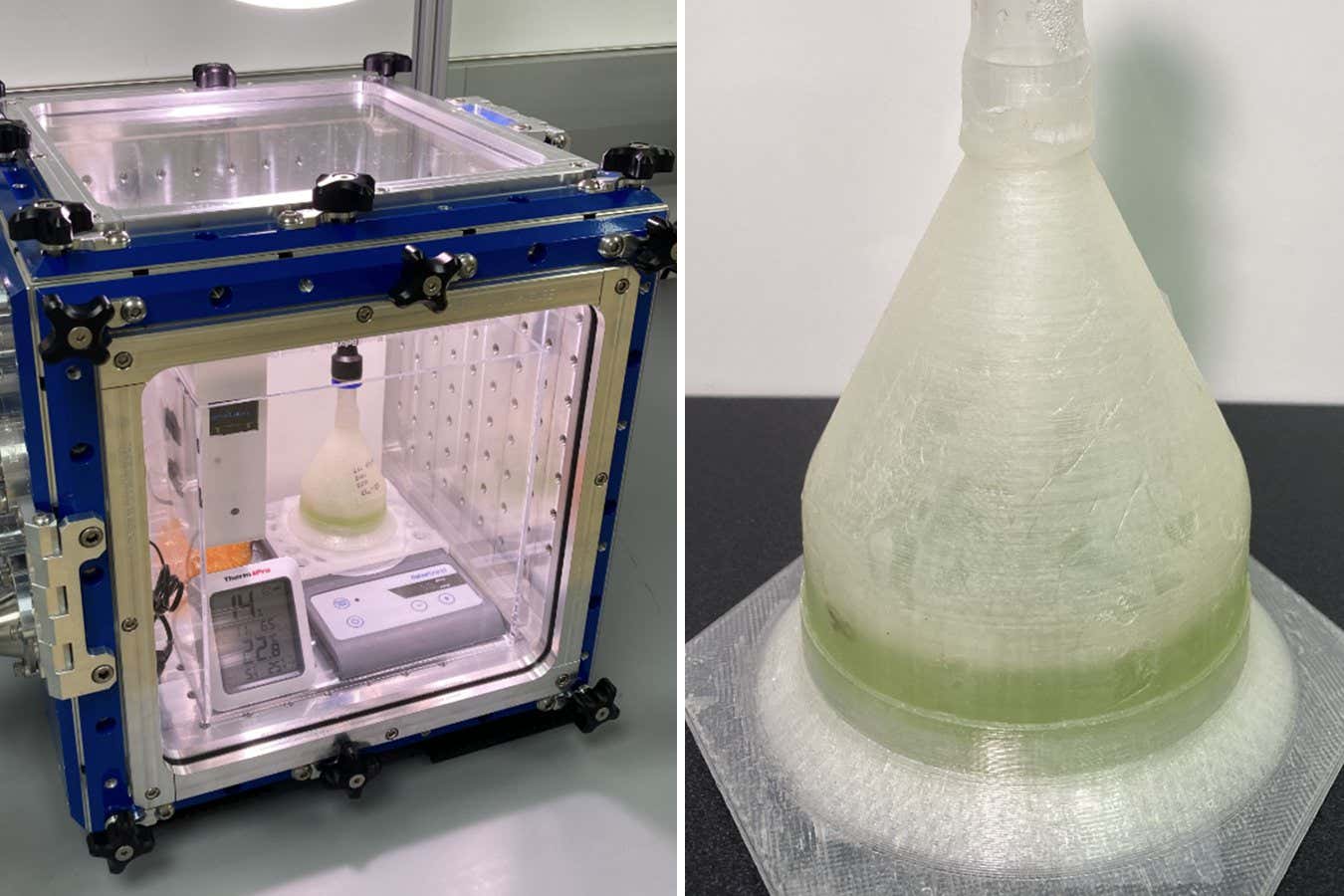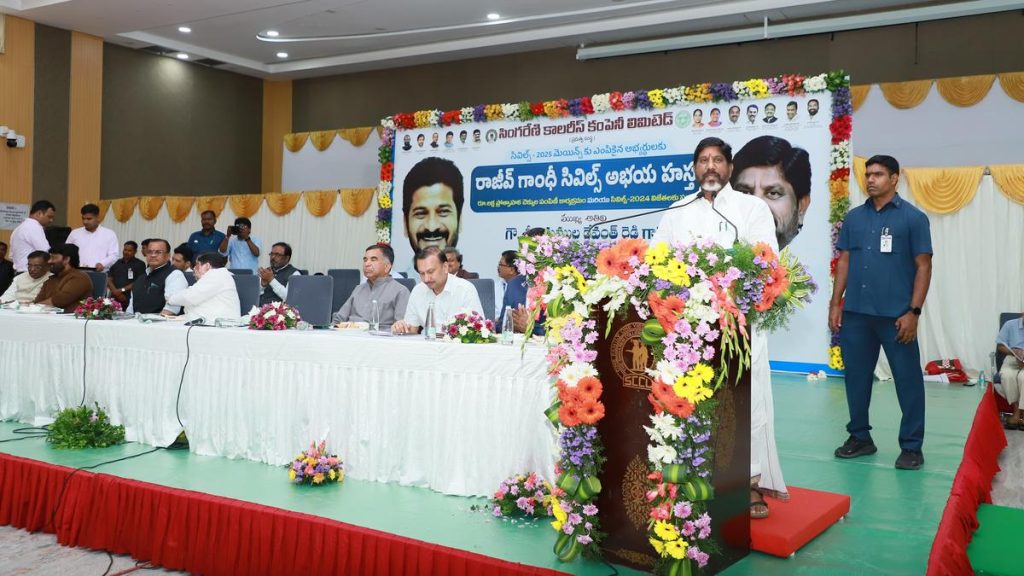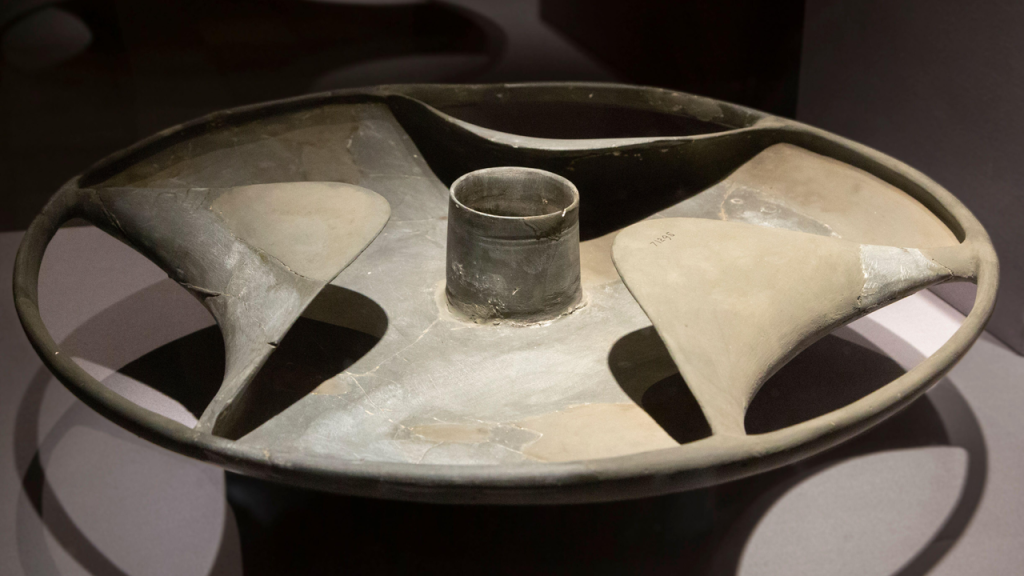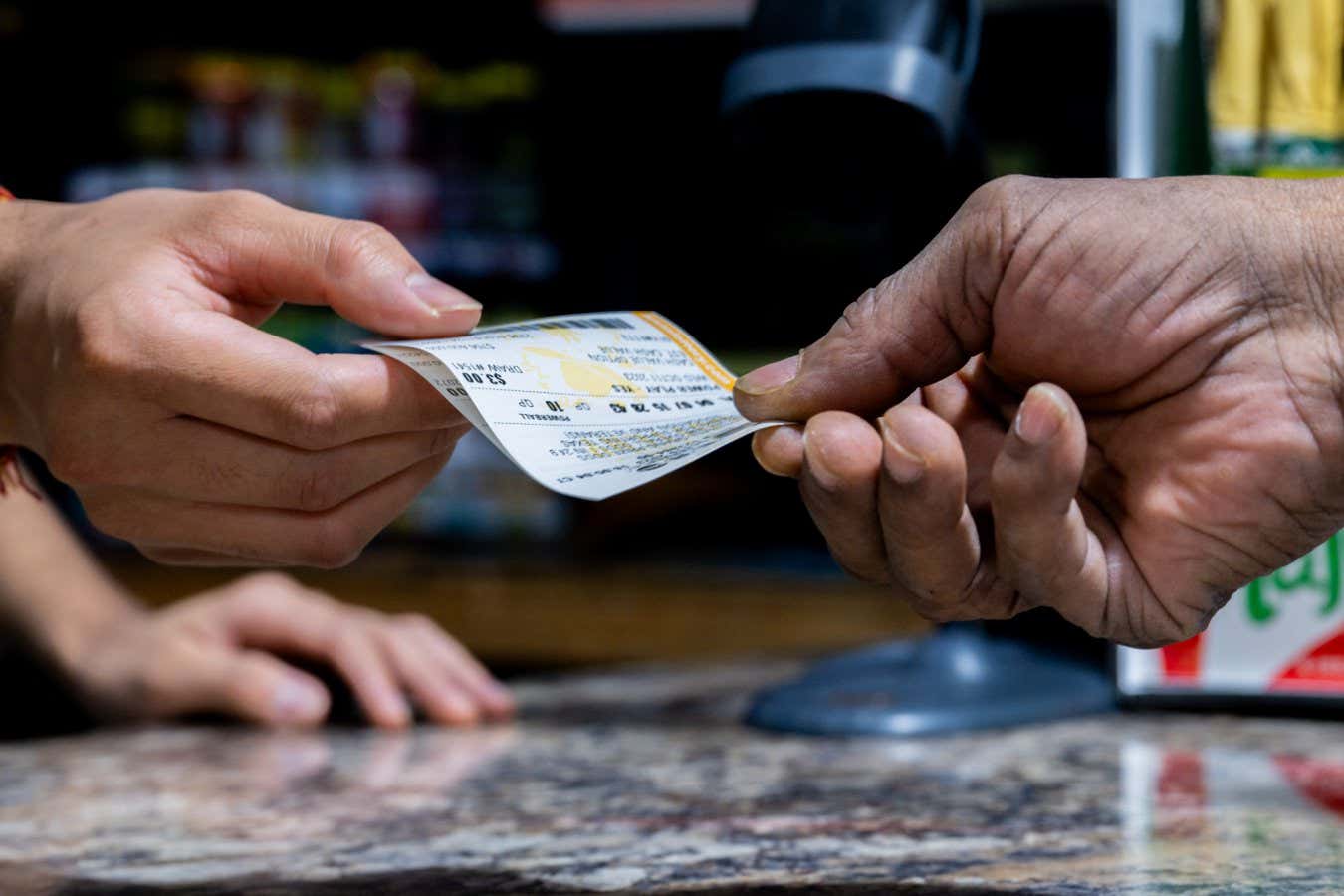Now Reading: Building Mars Habitats with Algae-Based Bioplastic: A Sustainable Vision
-
01
Building Mars Habitats with Algae-Based Bioplastic: A Sustainable Vision
Building Mars Habitats with Algae-Based Bioplastic: A Sustainable Vision

Quick Summary
- Scientists have successfully grown green algae in bioplastic containers made from plant-derived material under simulated Mars conditions.
- the experiment demonstrated the feasibility of a self-sustaining system to create habitats on Mars using locally grown algae and bioplastic.
- the process involves growing algae in bioplastic containers, transforming them into more bioplastic with a bioreactor, and using 3D printers to make more containers for additional growth cycles.
- Researchers tested the viability of the green algae Dunaliella tertiolecta in PLA bioplastic under pressure and air composition similar to that found on Mars. Algae exhibited photosynthesis rates comparable to Earth-like conditions over 10 days.
- This success follows years of testing different materials and bacteria strains by an interdisciplinary team including physicists, engineers, and planetary scientists.
- Future experiments aim to test these methods further in vacuum environments or directly aboard spacecraft orbiting Earth.
Indian Opinion Analysis
The advancement presented by this study demonstrates important progress toward enduring space exploration-a domain India actively participates in through ISROS efforts. Bioplastics derived from locally grown resources could revolutionize habitat creation not only beyond Earth but also for environmental solutions back home.For India, this breakthrough could inspire further development into bioengineering applications relevant both economically and environmentally.
The collaborative approach across disciplines highlights how resource-limited nations like India can leverage collective innovation for high-impact results-whether on Martian soil or global sustainability challenges. Though still far from practical implementation, such technologies align perfectly with aspirations outlined under frameworks like India’s National Space policy 2023.




























